A 660 nanometer wavelength mask works by delivering targeted red light directly to the dermis, stimulating collagen and improving tone. When engineered with verified wavelength accuracy, consistent energy output, and uniform coverage, the mask becomes a reliable skincare tool.
For facial use, a red-only approach keeps routines predictable. It avoids unnecessary heat from near-infrared and eliminates mixed-spectrum guesswork. Consistent daily use, combined with proper energy delivery, is where results happen.
Devices like the VISO 660 nm Mask focus exclusively on this clinically validated wavelength. For users who need faster, full-face coverage, the Illuminate Red Panel offers full sessions in minutes.
Keep reading for a breakdown of why 660 nm is considered the facial sweet spot, and what makes it effective when delivered with the right specifications.
Why 660 nm Works: Cellular Energy Meets Clinical Results
Photo Source -> Photobiomodulation, Underlying Mechanism and Clinical Applications
At 660 nm, red light reaches the dermis where mitochondria convert light into ATP, the fuel that powers skin repair, collagen synthesis, and inflammation control. This is the sweet spot for triggering visible improvements in texture, tone, and firmness, without the irritation seen in harsher treatments.
In a randomized, double-blinded clinical trial, participants received daily low-level light therapy with either 660 nm red LEDs or broader-spectrum white light. After 12 weeks, both groups showed significant wrinkle reduction, but participants rated the red light group higher for overall improvement. The study confirmed what targeted therapy has long suggested: 660 nm offers a potent, tolerable path to smoother, younger-looking skin.
That’s why the VISO Mask is built around pure 660 nm LEDs, not a diluted mix of colors. It delivers focused energy exactly where your skin needs it, supporting daily ATP production, collagen growth, and visible renewal.
Where single-wavelength wins
Multi-wavelength devices often spread power across too many LEDs, reducing the actual therapeutic energy delivered at each color. A single-wavelength mask concentrates energy exactly where it matters, producing consistent outcomes.
On the face, this means improved coverage, better dose control, and clearer expectations for results. Instead of guessing which color setting to use, users can rely on 660 nm every time for collagen stimulation.
The outcome is straightforward: a simpler routine, fewer variables, and skin that responds to the right energy delivered in the right way.
The Three Specs That Decide Results

Wavelength accuracy
A mask must be built around a verified 660 nm output. Devices without spectral validation risk drifting outside the therapeutic window, reducing effectiveness. Wavelength drift is one of the main reasons some consumer masks fail to deliver noticeable results.
The VISO 660 nm Mask eliminates this problem by focusing exclusively on red light at the clinically studied range. This ensures the treatment aligns with the biological processes shown to stimulate collagen.
Energy delivery (J/cm²)
Energy density, measured in Joules per square centimeter, determines whether light therapy sessions reach a therapeutic threshold. Wattage and LED count can be misleading without showing how much energy actually reaches the skin.
Panels like the Illuminate Red Panel provide transparency by publishing irradiance values that allow users to calculate session energy. This clarity takes the guesswork out of treatment planning.
Uniform coverage
Even light distribution is vital for consistent outcomes. Sparse LED spacing creates untreated gaps that slow results. A simple check is whether the skin between LEDs glows evenly during use.
Masks designed with tight spacing and overlapping beams prevent “leopard spots,” ensuring every square centimeter of skin receives a therapeutic dose. This is where device engineering separates consumer gadgets from clinical-grade tools.
Mask vs. Panel: Picking the Right Tool

When a mask fits best
Masks excel for daily facial use because they hold a fixed distance from the skin and stay in place without adjustment. This makes them ideal for users who want consistent sessions built into a routine.
Adding Treatment Goggles makes long-term use comfortable by reducing brightness fatigue around the eyes. This small step improves adherence and ensures users maintain regular sessions.
When a panel wins
Panels bring higher irradiance and wider coverage. A device like the Illuminate Red Panel can deliver a full therapeutic dose in minutes, covering the face, neck, and chest with uniform energy.
Clinics often rely on panels for speed and efficiency, while individuals pair them with masks for convenience. Together, they cover both the need for quick results and routine-based skincare.
The Home Coverage Test

Simple overlap checks
Uneven spacing between LEDs creates untreated gaps. A quick way to confirm coverage is to look in a mirror while the mask is on. Skin should glow evenly across the cheeks, jawline, and temples.
Holding a finger between adjacent LEDs is another check. If it doesn’t light up, that same gap is happening on the skin.
Fixing gaps
Masks with tight LED spacing prevent coverage issues. If edges or contours appear dim, adjusting the fit can help.
For larger fields like the neck or chest, stepping up to the Illuminate Red Panel ensures every zone receives an equal therapeutic dose.
Glow With Lumara

When red light therapy is precise, consistent, and wavelength-specific, the results speak for themselves. At Lumara, we focus on clinically backed wavelengths like 660 nm, proven to support ATP production, collagen remodeling, and smoother, healthier skin.
Unlike devices that scatter energy across broad spectrums, the VISO Mask, Illuminate Panel, and Lumara Pad are engineered for targeted, even coverage, so you get reliable results, session after session.
If you're ready to treat your skin with intention, trust Lumara’s purpose-built tools:
- Explore the VISO Mask for facial rejuvenation
- Shop the Illuminate Panel for full-area coverage
- Try the Pad for deeper relief where you need it most
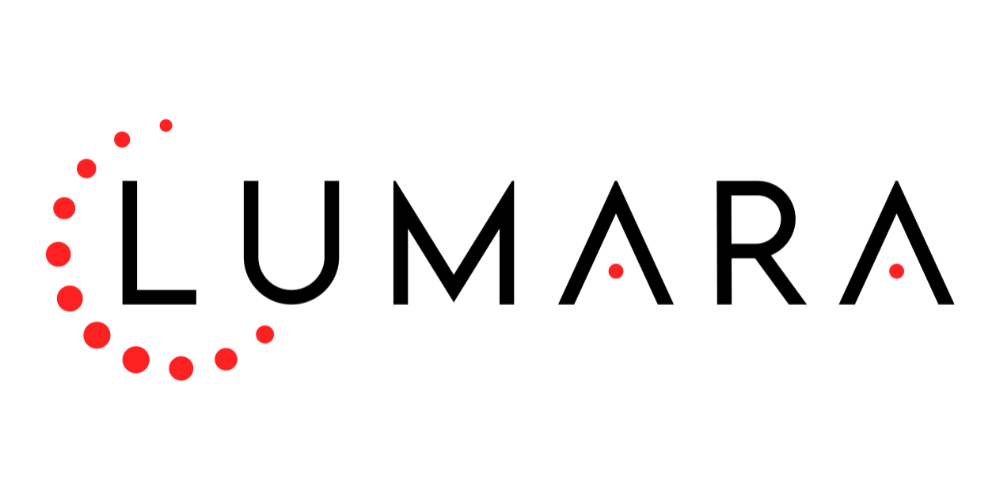
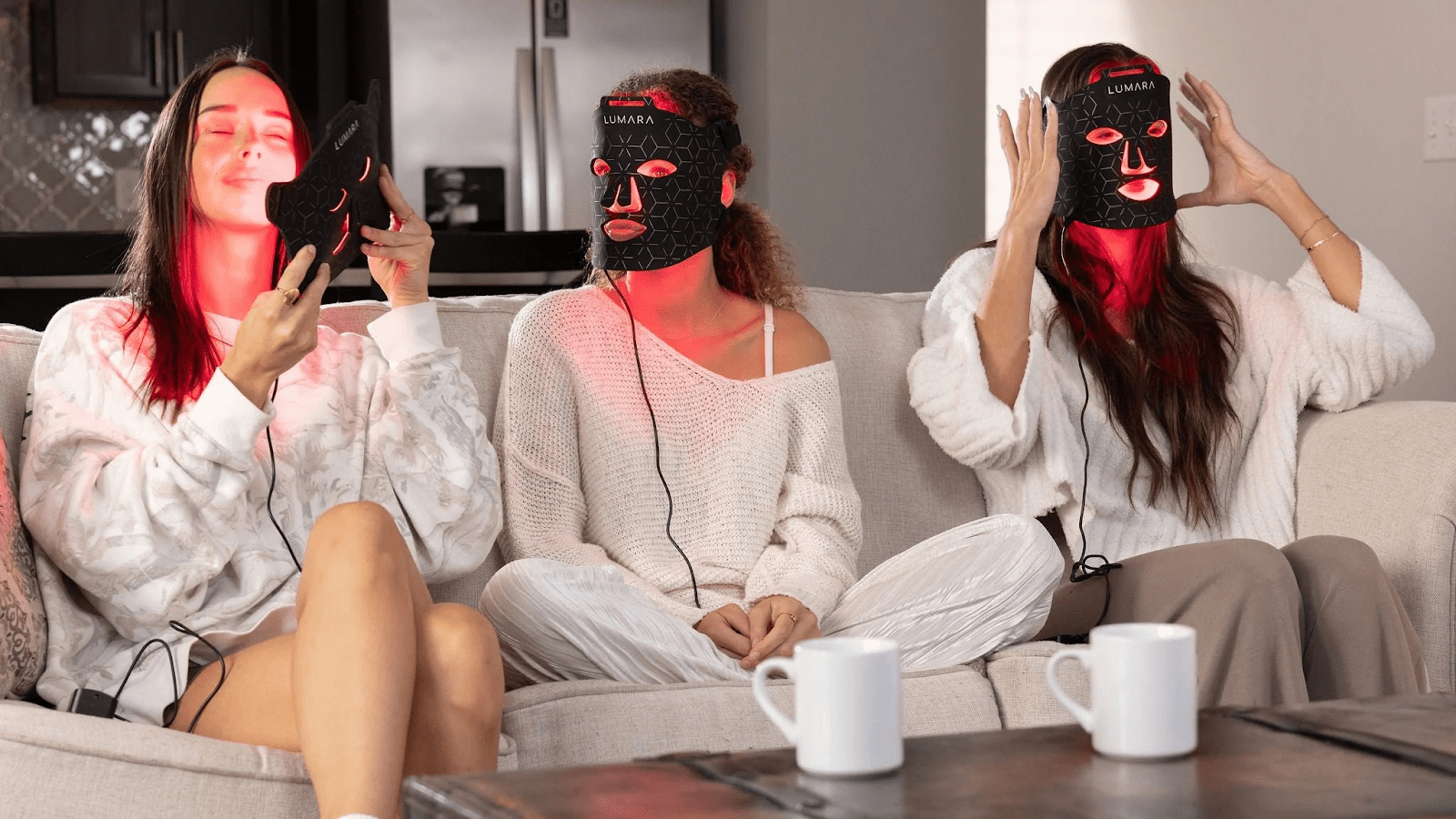

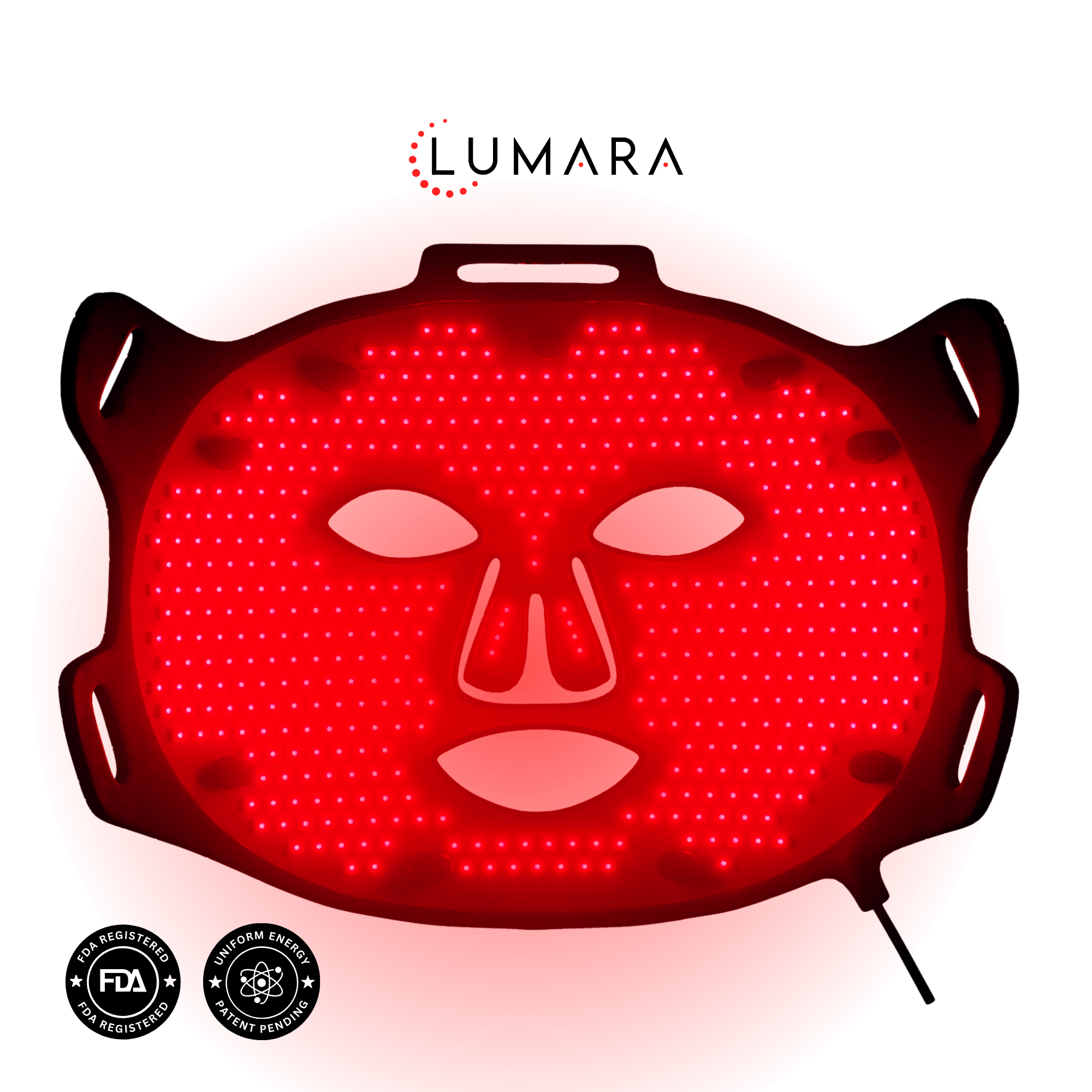

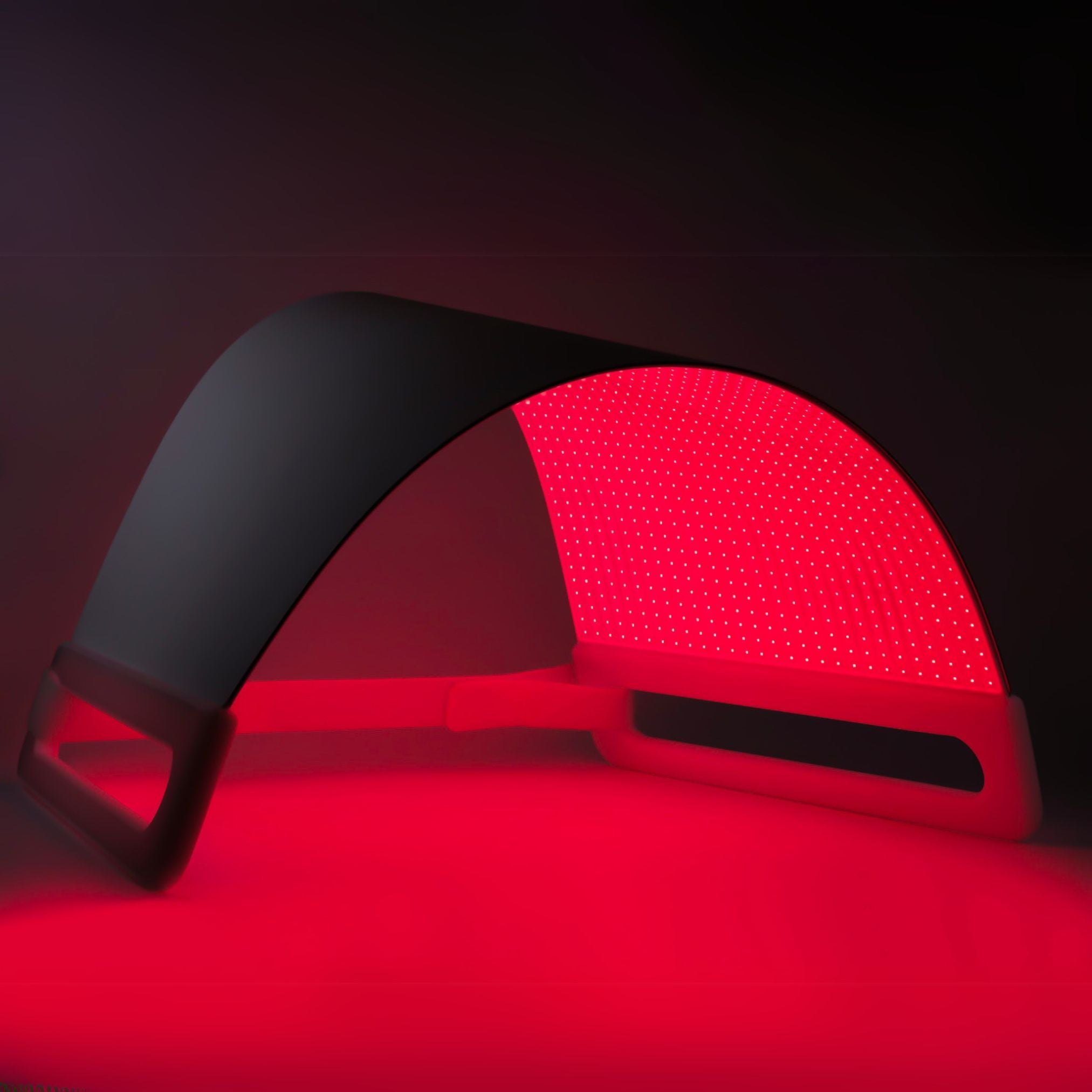
Share:
Are LED Masks Good for Acne? Science and Best Devices
Can You Overdo Red Light Therapy?